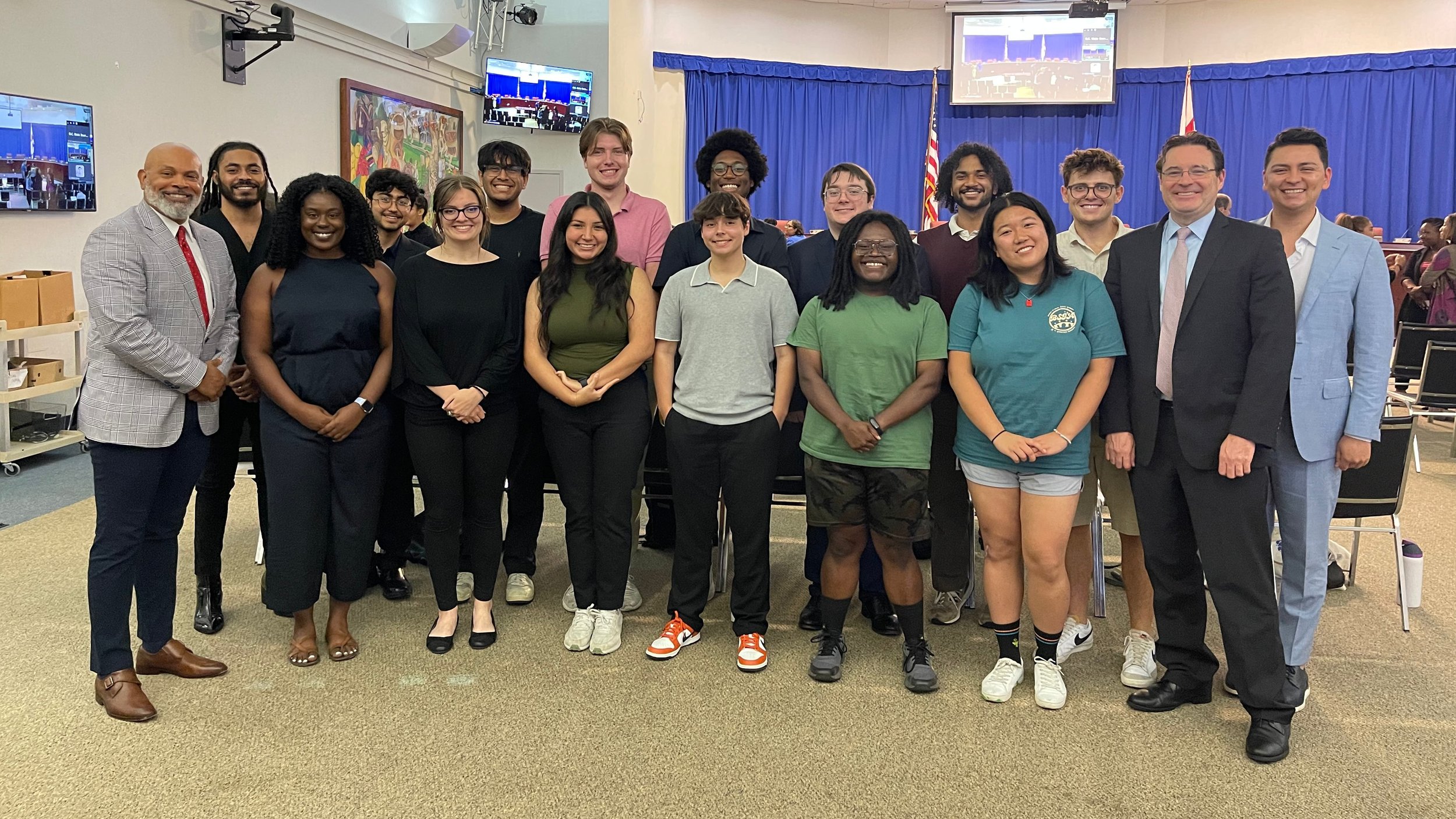Testimonials
D.C. has made remarkable strides in education, leading the nation in areas such as pre-kindergarten enrollment and educator support. However, we face deep disparities in literacy and math achievement that demand urgent attention. For instance, only 22.5% of students met grade-level expectations in math on the 2024 DC CAPE assessment, with significant gaps based on race, income, and learning needs. These challenges are compounded by high chronic absenteeism and truancy rates, particularly among high school students.
Education Reform Now Advocacy DC and the Math 4 All coalition presented powerful testimonies to the DC Council in support of Bill 25-800, advocating for a math education system that meets the needs of all students. Hear from parents, educators, and community leaders as they share their stories and outline a vision for a more inclusive, supportive math curriculum in Washington, DC.
Math is not just another subject; it’s the key to unlocking future success. Yet, only 22% of DC students are meeting grade-level expectations in math. Without urgent, targeted action, we’re setting our children up for unnecessary barriers in life. Our students deserve better—and we have the responsibility to deliver.
Across the nation, chronic absenteeism, or missing more than 10% of a school year, has risen sharply in the past few years. The crisis is especially acute in Washington, DC. Last school year, 43% of DC students were chronically absent and three out of five high school students were chronically absent. 37 percent of DC students were truant meaning they accrued ten or more unexcused absences per year. Shockingly, several schools have chronic truancy rates at or above 80 percent.
Cesar Toledo speaks before the State Board of Education in support of SR24-16, the SBOE’s Resolution Calling for an End to Legacy and Donor Admission Preferences in Postsecondary Education.
Creating a public dashboard will rapidly connect families to suitable providers, potentially preventing months of academic declines and emotional distress for our vulnerable youth. Improving access to care can enhance students' attendance and outcomes, crucial as nearly half of our students face chronic absenteeism.
Across the nation, chronic absenteeism, or missing more than 10% of a school year, has risen sharply in the past few years. The crisis is especially acute in Washington, DC. Last school year, 43% of DC students were chronically absent and three out of five high school students were chronically absent. 37 percent of DC students were truant meaning they accrued ten or more unexcused absences per year. Shockingly, several schools have chronic truancy rates at or above 80 percent.
We believe DC should support efforts to increase the number of students who finish high school and complete college. Just 18 out of 100 ninth-grade students earn a degree six years after graduating high school. Most jobs in DC require postsecondary training, which limits DC natives’ job prospects.

